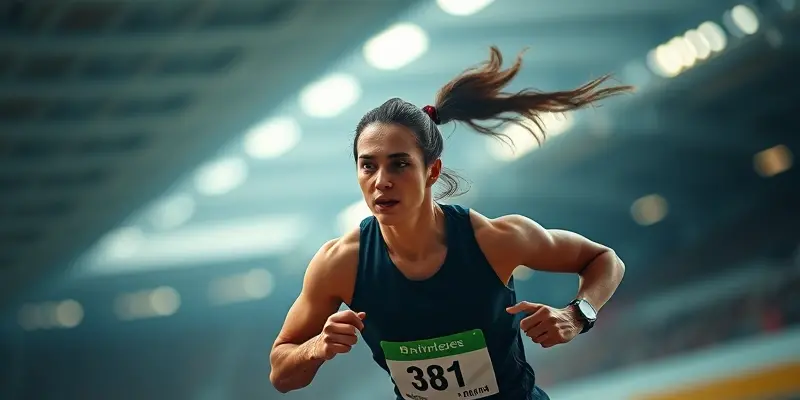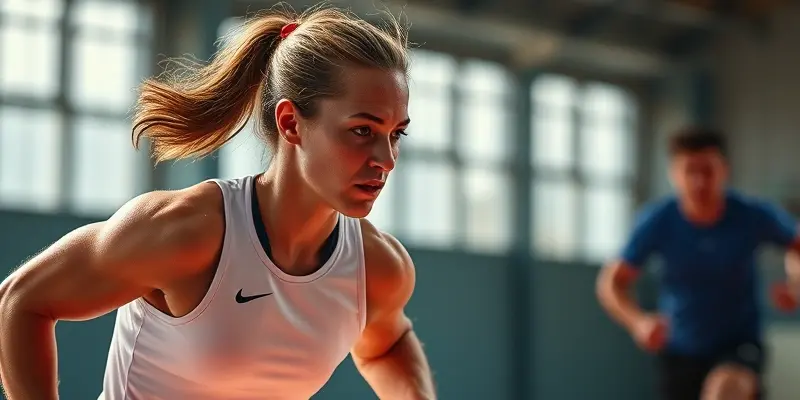Recovery & Injury: A Comprehensive Guide for Athletes and Fitness Enthusiasts
In the world of sports and fitness, injuries can be a common setback that hinders performance and deters progress. However, with the right strategies in place, athletes of all levels can effectively prevent injuries, accelerate recovery, and optimize their long-term performance. This blog post aims to provide valuable insights and practical tips to help individuals navigate the realm of recovery and injury prevention.
Introduction
As fitness enthusiasts, amateur athletes, or professionals, the journey towards optimal performance is intertwined with the challenges of injury and recovery. Understanding the best practices for preventing injuries, facilitating recovery, and maintaining peak performance is essential for a successful and sustainable athletic career. Let’s delve into the key components of sports city development that encompass injury prevention, recovery strategies, and long-term performance optimization.
Common Sports Injuries and Prevention Strategies
Knee Injuries and Ankle Sprains
- Prevalent Injuries: ACL/PCL, meniscus tears, and ankle sprains.
- Prevention Tactics: Focus on proper technique, protective equipment, warm-up routines, strength and conditioning exercises, gradual progression, and cross-training.
Shoulder Injuries
- Common Injuries: Shoulder dislocations and rotator cuff injuries.
- Prevention Approaches: Emphasize proper throwing mechanics, shoulder stability exercises, and strength training.
injury recovery checklist
Recovery and Rehabilitation
Immediate Care
- Swift action with RICE (Rest, Ice, Compression, Elevation) for acute injuries.
- Seek medical evaluation for accurate diagnosis and treatment.
Rehabilitation Journey
- Gradual return to activity post-injury through structured rehab programs.
- Tools for Recovery: Utilize foam rollers, massage guns, compression garments, and wearable tech for accelerated recovery.
visualization for healing
Sleep and Mental Health
- Acknowledge the significance of adequate rest and mental well-being in the recovery process.
- Focus on psychological resilience and maintaining motivation during challenging times.
Nutrition Plans for Healing
Protein Intake
- Enhance muscle repair with lean meats, dairy, legumes, and targeted supplements.
phosphatidylserine for recovery
Anti-inflammatory Foods
- Combat inflammation with omega-3 fatty acids, turmeric, and antioxidant-rich berries.
Hydration and Micronutrients
- Prioritize hydration for muscle function and replenish key micronutrients for optimal health and recovery.
Psychological Support for Rehabilitation
Goal Setting
- Establish achievable goals to track progress and maintain focus during recovery.
Mindfulness and Visualization
- Employ meditation and mental rehearsal techniques to reduce anxiety and enhance adherence to rehab protocols.
Social Support
- Engage with a support system to foster accountability and motivation throughout the rehabilitation journey.
Long-Term Performance and Injury Reduction
Consistent Training
- Incorporate injury prevention exercises year-round to fortify joints and muscles.
Regular Evaluations
- Conduct pre-participation physicals and ongoing assessments to identify and mitigate risk factors proactively.
Education and Awareness
- Empower athletes, coaches, and parents with knowledge on injury risks and prevention strategies for sustained success.
Conclusion
In the dynamic realm of sports and fitness, injury prevention, recovery, and long-term performance optimization are pillars of success. By embracing a holistic approach that combines physical, nutritional, and psychological elements, athletes and fitness enthusiasts can navigate the challenges of injuries, accelerate recovery, and thrive in their athletic pursuits. Elevate your game, prioritize your well-being, and embark on a journey of sustainable performance excellence.
Through this comprehensive guide, Gympulse Club aims to equip you with the knowledge and tools necessary to navigate the demanding yet rewarding path of recovery and injury prevention. Let’s embark on this journey together towards a stronger, healthier, and injury-free athletic future.

